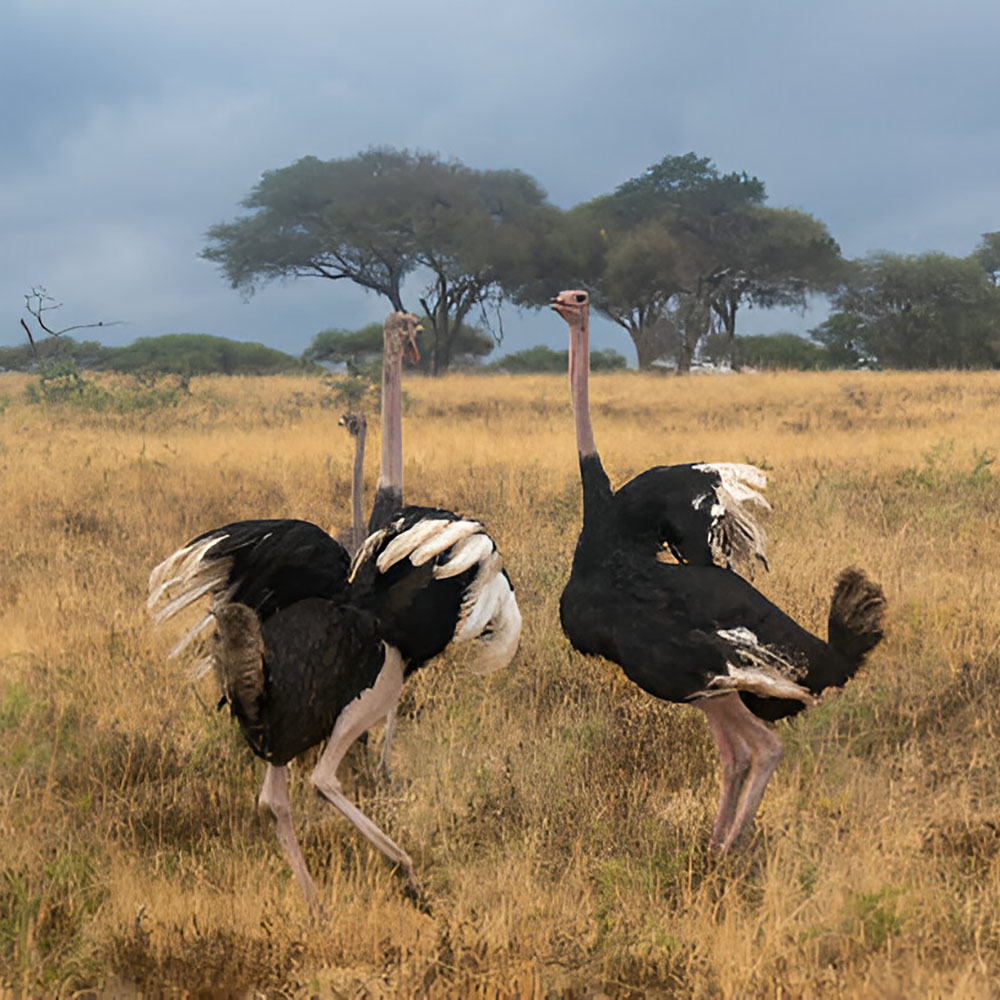Why visit the Tarangire Park?
In the park, you’ll encounter large populations of wildebeest, zebra, buffalo, giraffe, eland, impala, and warthogs—all searching for hydration. Among them are impressive herds of elephants; on any given day, you might spot over 500 congregating along the riverbanks, often accompanied by lions and hyenas in pursuit.
Bird enthusiasts will delight in the diverse avian life, which includes localized antelope species like the fringe-eared oryx and gerenuk. The park hosts colorful birds such as yellow-billed and saddle-billed storks near the river, as well as orange-bellied parrots and striking red-and-yellow barbets in the acacia woodlands.
Conveniently located just a short drive from Arusha, Tarangire is ideal for a couple of nights at the start or end of your northern circuit safari.
Photos of Tarangire Park






Accommodation Tarangire Park
At Tarangire Park, we’ll find the perfect accommodation for you—whether it's a luxurious lodge on the lake's edge or a charming guesthouse nearby.

Elewana Tarangire Treetops

Nimali Tarangire Lodge

Olivers Camp, Tarangire

Tarangire Sopa Lodge

Lemala Mpingo Ridge Lodge

Tarangire Kuro Treetops Lodge

Mbali Mbali Tarangire River Camp

Acacia Tarangire Luxury Camp

Nyikani Camp - Tarangire
Why travel with
Genau Adventure Safaris
Frequently Asked Questions
We've answered all your questions about visiting Tarangire Park to help you plan the perfect trip.
The best time is during the dry season, from June to October, when wildlife congregates around water sources.
Tarangire is known for its large elephant herds, as well as lions, leopards, giraffes, zebras, wildebeests, and various antelope species.
The park is accessible by road from Arusha (approximately a 2-3 hour drive) or via nearby airstrips for light aircraft.
Options range from luxury lodges and tented camps to budget-friendly campsites, catering to different preferences and budgets.
Yes, Tarangire is open year-round, but wildlife viewing is best during the dry season.
The park is home to over 500 bird species, including migratory birds, raptors, and colorful species like the lilac-breasted roller
Yes, visitors can engage with local Maasai communities and learn about their culture and traditions
Essentials include sunscreen, insect repellent, binoculars, a camera, and plenty of water for hydration during safari activities.









